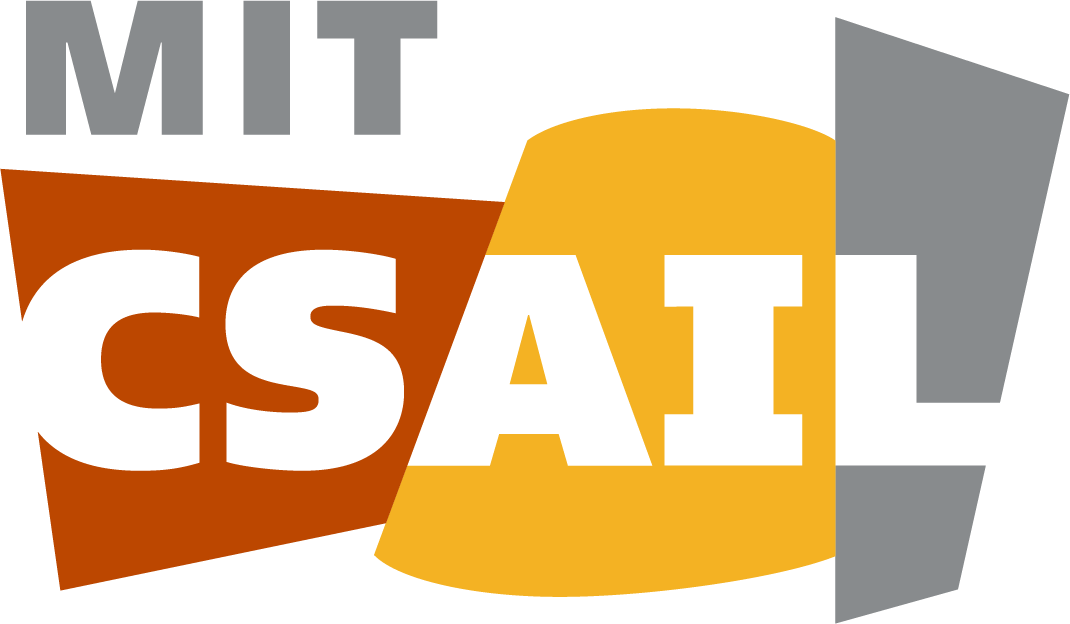Varv: Reprogrammable Interactive Software as a Declarative Data Structure
ACM Human Factors in Computing Systems (CHI), 2022
Abstract
Most modern applications are immutable and turn-key despite the acknowledged benefits of empowering users to modify their software. Writing extensible software remains challenging, even for expert programmers. Reprogramming or extending existing software is often laborious or wholly blocked, requiring sophisticated knowledge of application architecture or setting up a development environment. We present Varv, a programming model representing reprogrammable interactive software as a declarative data structure. Varv defines interactive applications as a set of concepts that consist of a schema and actions. Applications in Varv support incremental modification, allowing users to reprogram through addition and selectively suppress, modify, or add behavior. Users can define high-level concepts, creating an abstraction layer and effectively a domain-specific language for their application domain, emphasizing reuse and modification. We demonstrate the reprogramming and collaboration capabilities of Varv in two case studies and illustrate how the event engine allows for extensive tooling support.


